Walking through @Rome you discover places that even those who live there don't know. Yes, the only way to really get to know Rome is walking through its streets, unexpectedly coming across narrow streets, alleys, small tunnels that open up into breathtaking scenery. This is the case of the Basilica Saints John and Paul, on the road of Clivo Scauro (it was a road of Ancient Rome that ran through the ascent between the Palatine and Celio, practically a road that connects the Circus Maximus with Via della Navicella).
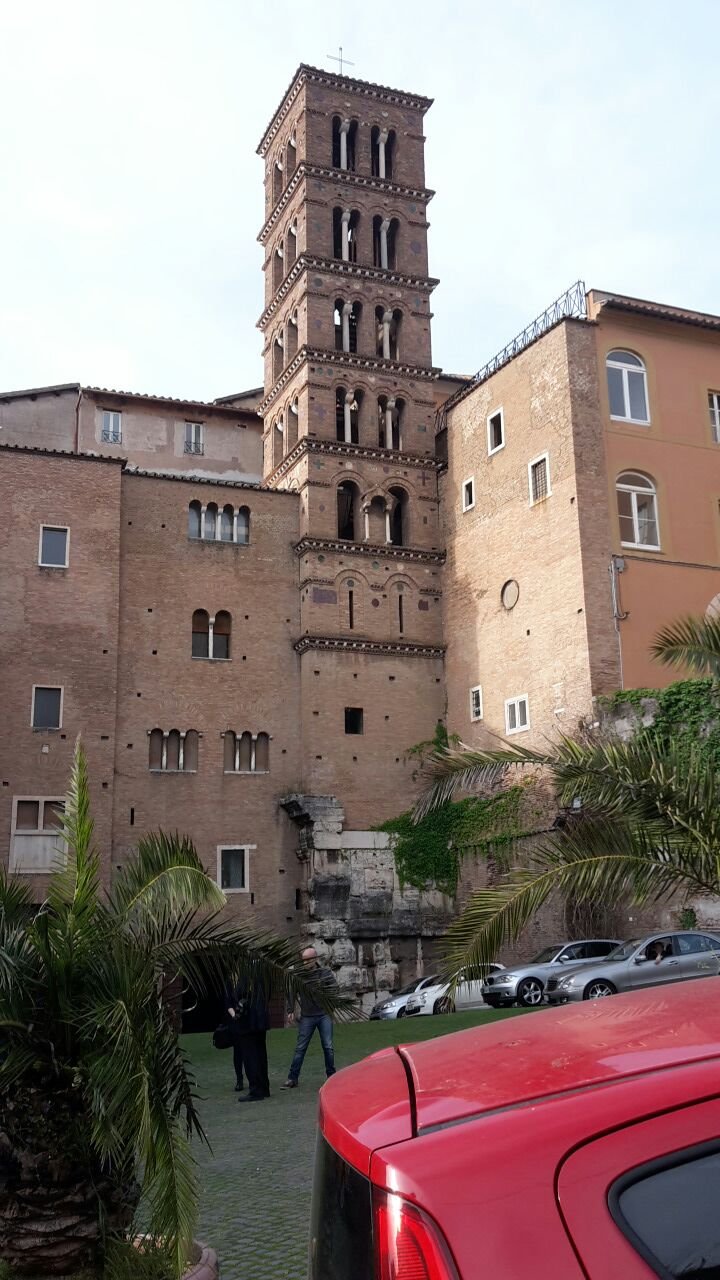
Passeggiando per @Roma si scoprono posti che neanche chi ci abita pensa di conoscere. Ebbene sì, l' unico modo per conoscere davvero Roma è camminare per le sue strade, imbattersi inaspettatamente in stradine, vicoli, cunicoli piccoli che si aprono in scenari mozzafiato. E' il caso della Basilica Santi Giovanni e Paolo , sulla strada del Clivo Scauro ( era una strada della Roma Antica che percorreva la salita che intercorre tra il Palatino e il Celio, praticamente una strada che congiunge il Circo Massimo con via della Navicella )
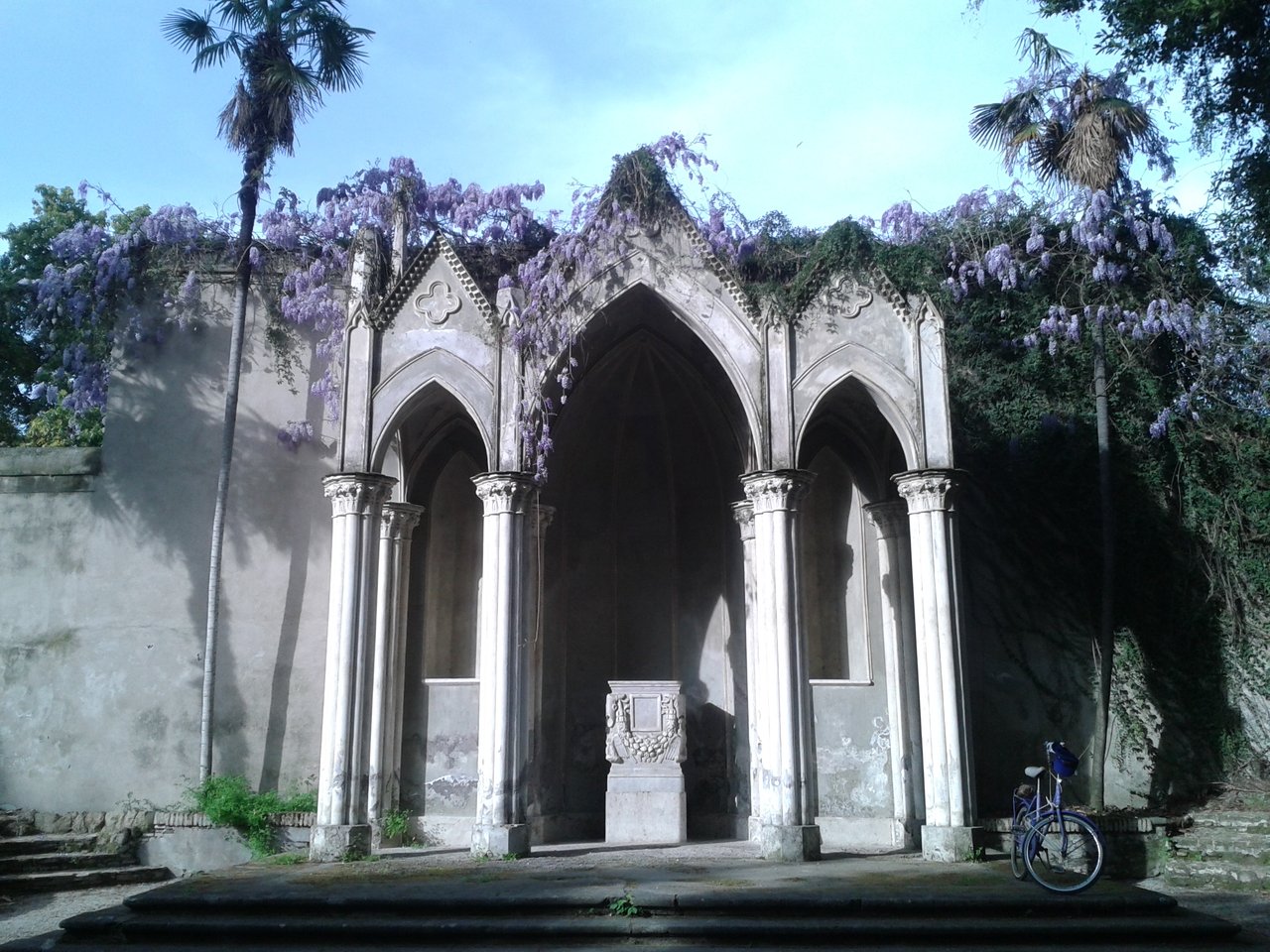
It looks like the scene of an elves and wizards story, to the Lord of the Rings .. and instead we find ourselves in Rome, more precisely at Villa Celimontana (a few steps from the Colosseum).
•
Sembra la scena di una storia di elfi e maghi, alla Signore degli Anelli .. e invece ci troviamo al centro di Roma, più precisamente a Villa Celimontana (a pochi passi dal Colosseo).
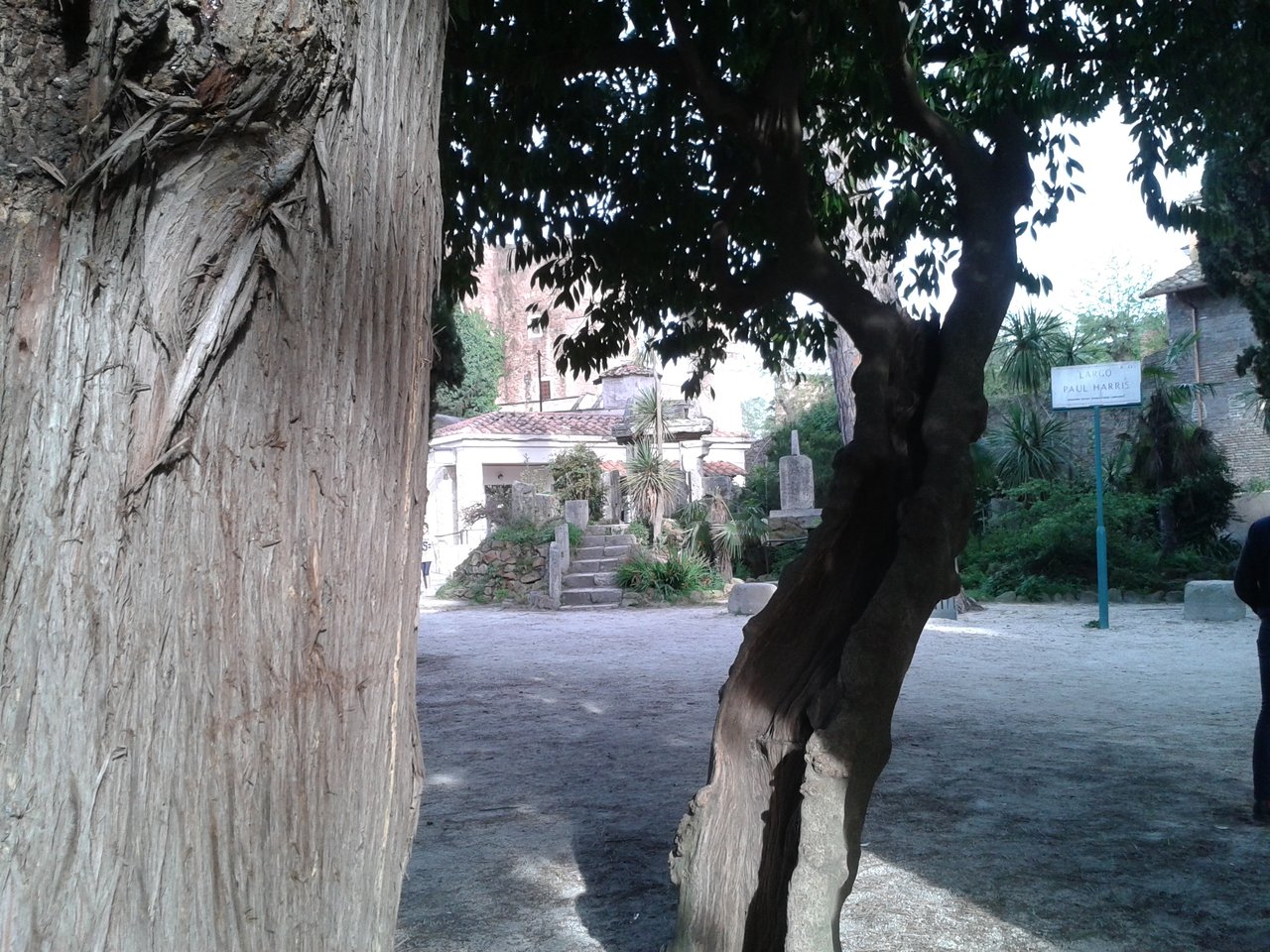
These are the remains of the Basilica Hilariana, discovered by archaeological excavations at the end of the 19th century.
The staircase leading to the Dolmen (prehistoric megalithic tomb), behind the palm.
On the background the remains of Roman walls.
•
Questi sono resti della Basilica Hilariana, rinvenuta da scavi archeologici di fine 800'.
La scalinata che conduce al Dolmen (tomba megalitica preistorica), dietro la palma.
Sullo sfondo invece i resti di mura romane.
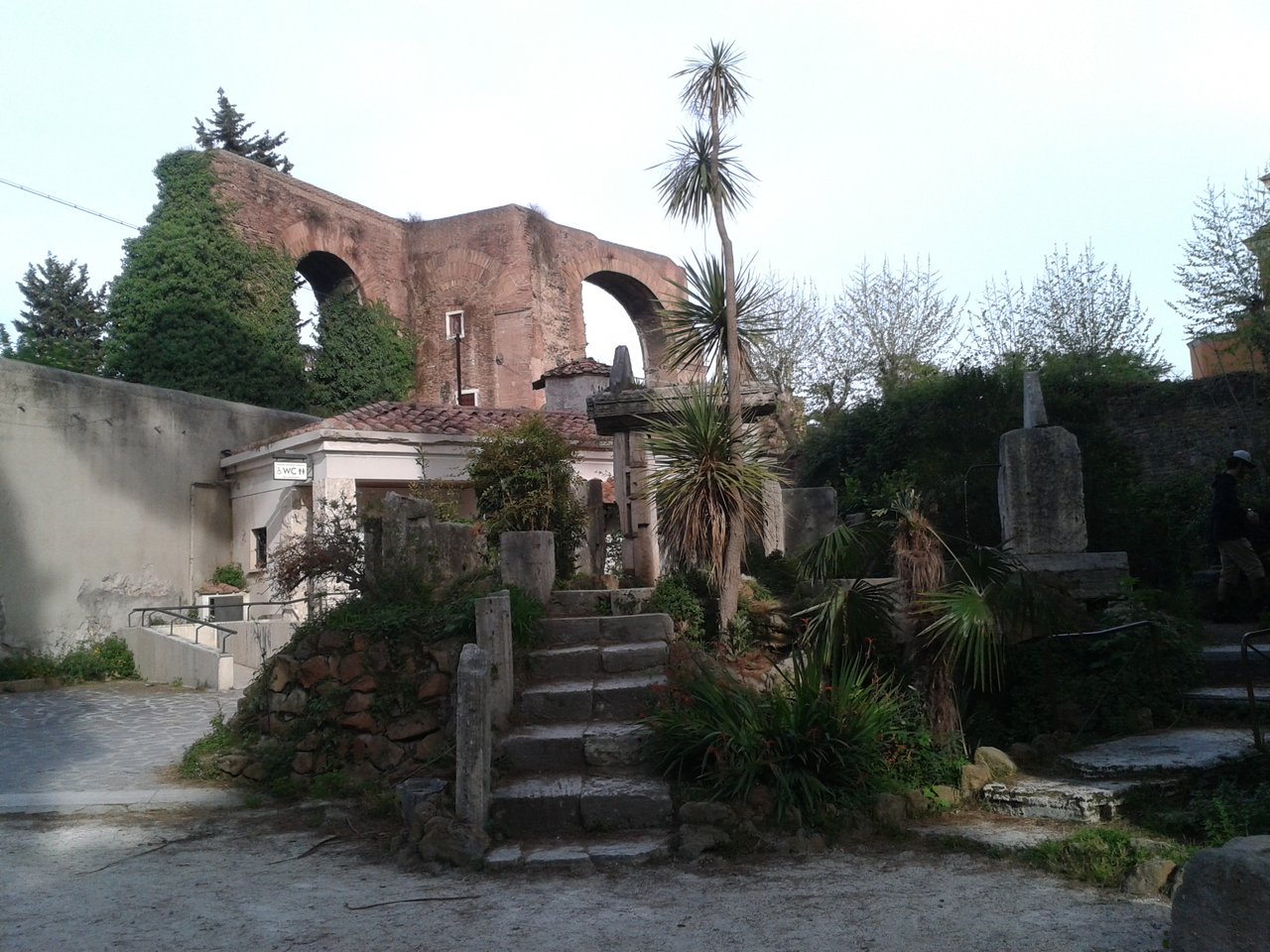
The fountain of the river is surmounted by a lying male statue, built in peperino.
It would represent a river divinity that supports a cornucopia ("horn of abundance", a mythological symbol of food and abundance).
•
La fontana del Fiume è sormontata da una statua maschile sdraiata, costruita in peperino.
Rappresenterebbe una divinità fluviale che sorregge una cornucopia ("corno dell' abbondanza", simbolo mitologico di cibo e abbondanza).
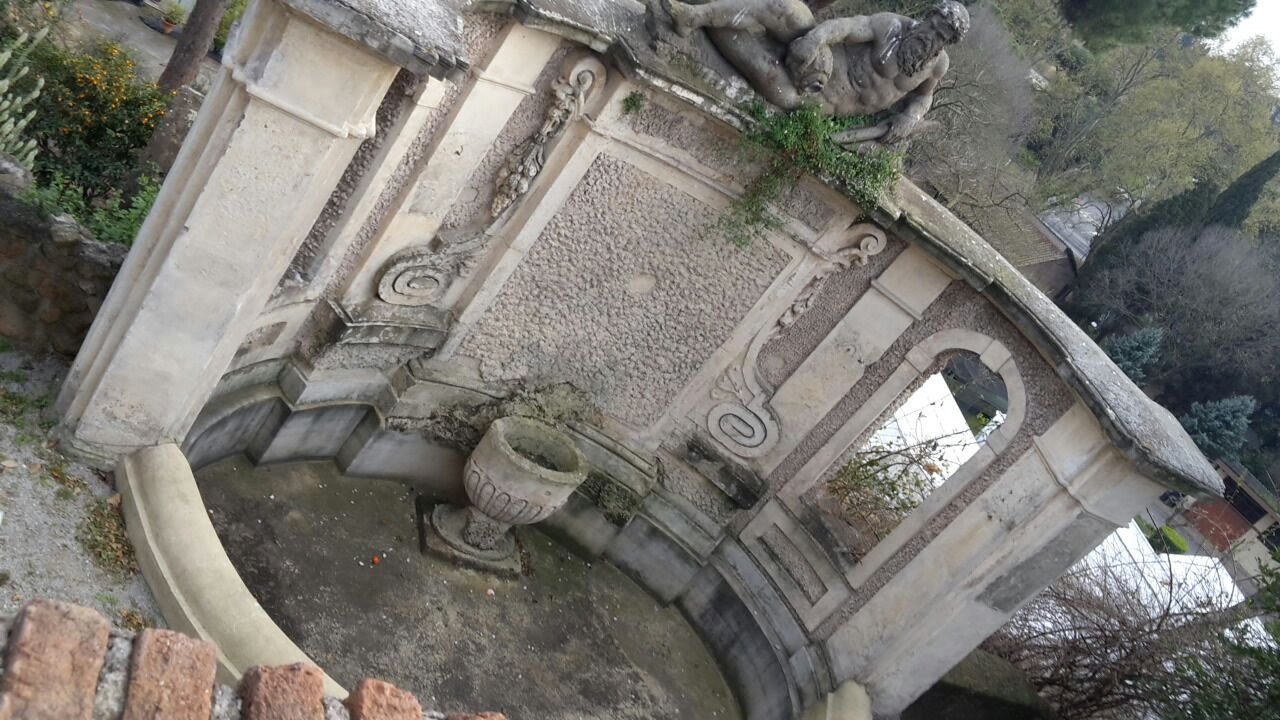
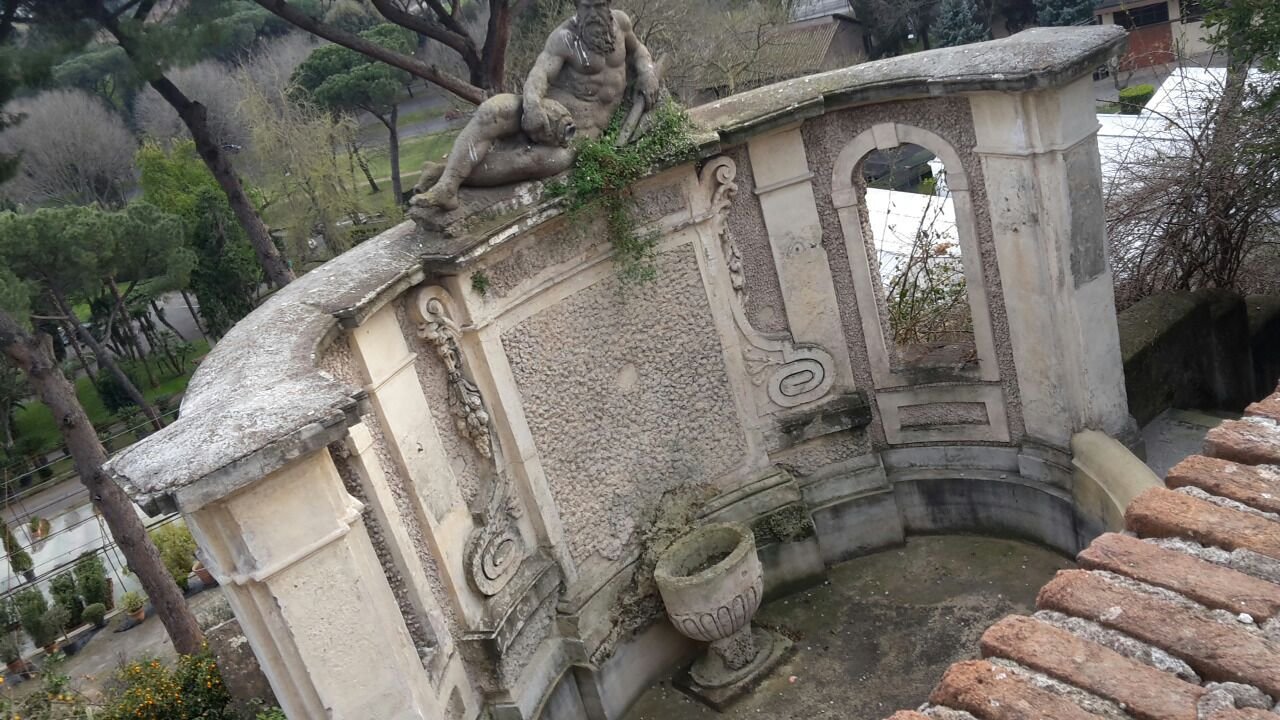
Not the classic Nasone but a fountain with the head of a she-wolf !!
•
Non il classico Nasone ma una fontanella con la testa di lupa !!
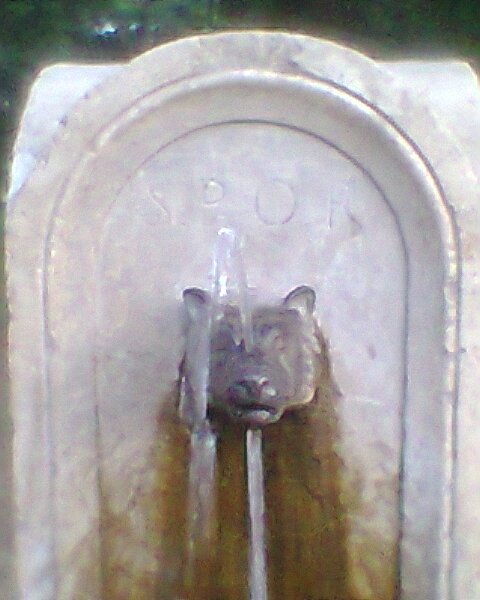
Tutte le foto sono di mia proprietà.
Thanx to all steemiers!!!
